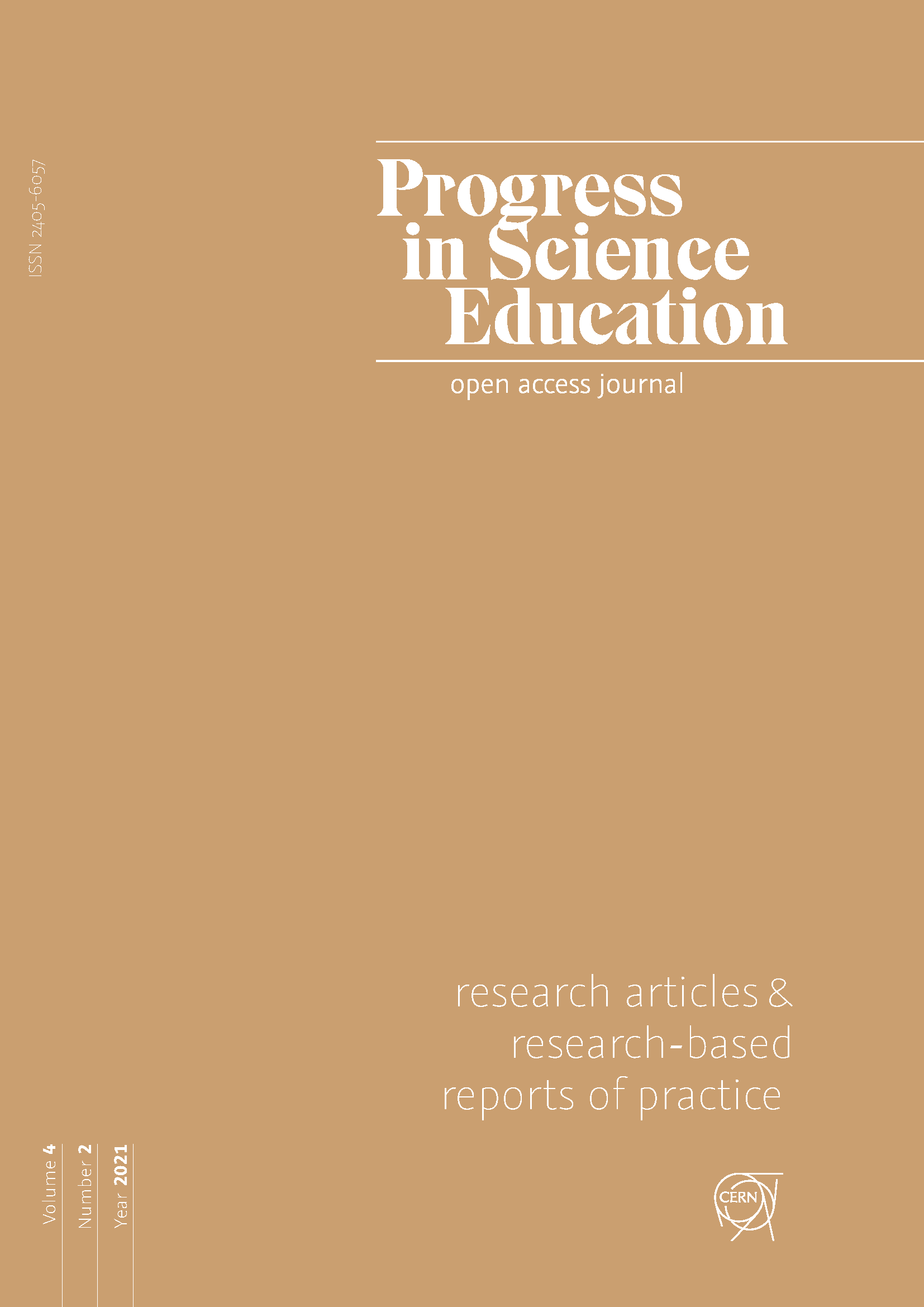Weiterentwicklung eines klassischen Schülerlabors – Darstellung des aktuellen Forschungsstandes
DOI:
https://doi.org/10.25321/prise.2021.1076Abstract
Background: Since the year 2000, an exponential increase in the number of school labs founded by students has been recorded. This is partly due to the poor results of students in the PISA and TIMSS studies, but also to the high value placed on natural and engineering sciences in Germany. The student laboratories have been an integral part of the German school landscape for many years, and with the wave of start-ups, interest in research in student laboratories also grew. Engeln (2004) set the starting signal with her research project by investigating the effects of five student laboratories. These investigations are still ongoing today and a positive effect of the student laboratories has not yet been conclusively clarified. At Bielefeld University, the classic teutolab-robotics laboratory for pupils is to be further developed on the basis of the knowledge gained here and introduced into schools.
Purpose: The systematic literature review is intended to provide a comprehensive picture of the state of research and its results, as well as to highlight possible research gaps that have rarely been considered so far. It thus provides an overview of studies in the field of out-of-school laboratory research in German-speaking countries.
Methods: The literature review represents a critical examination of already existing research results of a topic. An integrative review offers the opportunity to bring together studies of different methods, to reflect the current state of research and to point out direct areas of application in practice. After passing through the steps of problem formulation, literature search, and evaluation of the quality of the data, the final selection comprised 42 studies, whose results were finally analysed and interpreted.
Results: Since 2000, the study review has yielded predominantly positive research results regarding the effect of out-of-school lab visits on affective and motivational characteristics of students. However, the effects are mostly not sustainable, which is based on the fact that the out-of-school lab visits are often short-term and one-off interventions.
Conclusion: The results of the systematic literature review indicate that further evaluations of (permanent) offers must be carried out to identify influencing factors that affect or improve the sustainability of the described effects. In addition, the subject areas of technology and computer science need to be given greater focus and the results described need to be reviewed with a view to the planned integration of an out-of-school laboratory into the school. Possible desiderata are outlined at the end of the paper.
Keywords: Design-Based-Research, out-of-school laboratories, systematic literature review
Downloads
Published
Issue
Section
License
Copyright (c) 2021 The Author/s

This work is licensed under a Creative Commons Attribution-NonCommercial-ShareAlike 4.0 International License.
Authors who publish with this journal agree to the following terms:
- Authors retain copyright and grant the journal right of first publication with the work simultaneously licensed under a Creative Commons Attribution License that allows others to share the work with an acknowledgement of the work's authorship and initial publication in this journal. The applicable licence is https://creativecommons.org/licenses/by-nc-sa/4.0/, which means
You are free to:
Share — copy and redistribute the material in any medium or format
Adapt — remix, transform, and build upon the material under the following terms:
Attribution: You must give appropriate credit, provide a link to the license, and indicate if changes were made. You may do so in any reasonable manner, but not in any way that suggests the licensor endorses you or your use.
NonCommercial: You may not use the material for commercial purposes.
ShareAlike: If you remix, transform, or build upon the material, you must distribute your contributions under the same license as the original.
Authors are able to enter into separate, additional contractual arrangements for the non-exclusive distribution of the journal's published version of the work (e.g., post it to an institutional repository or publish it in a book), with an acknowledgement of its initial publication in this journal.
Authors are permitted and encouraged to post their work online (e.g., in institutional repositories or on their website) prior to and during the submission process, as it can lead to productive exchanges, as well as earlier and greater citation of published work (see The Effect of Open Access).

